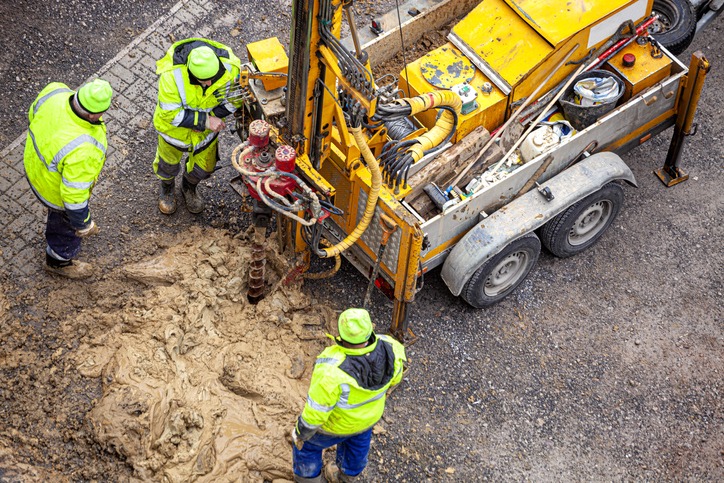When it comes to drilling for oil, the drill bits are arguably the most important part of the entire process. Oil drilling bits are an integral tool in oil drilling because they make it possible to drill through different types of rock and reach oil deposits that would otherwise be inaccessible. There are many different types of oil drilling bits, each designed to drill through specific types of rock. Common variations of these useful tools are reamers, PDC bits, and Tricone bits.
No matter which type of tool you use in your oil drilling operation, the drill bits are always an essential part of the process. That’s why it’s so imperative that operators keep their machinery, tools, and drill bits in the best condition possible. Without properly maintained oil drilling bits, your company could experience significant downtime and costly repairs. That’s why in this blog post, we’ll explore a few tips on how to keep your oil rig drill bits in tip-top shape.
Keep Up With a Regular Maintenance Schedule
The key to keeping your drill bits in top condition is having a regular maintenance schedule in place. Depending on the size, type, and age of your oil rig drill bit, you should be scheduling maintenance every two months or so. During the maintenance period, you should check for any wear and tear that may have occurred since the last inspection and replace any worn or broken parts as necessary.
Another important regimen to adopt is to regularly lubricate all moving components regularly so that they don’t become too dry or stiff from overuse. If your oil drilling bits aren’t properly lubricated, they could become susceptible to breakage, and stop performing the way they usually do. If you don’t have the right tools to maintain or lubricate your oilfield drill bits, speak with a professional drilling expert for help.
Be Aware of Environmental Factors
Oil rigs are subject to many different environmental factors that can damage or degrade the condition of your drill bits if not taken into consideration. For example, if you’re operating an offshore rig in salty water, you need to ensure that your drill bit is protected against corrosion by coating it with a protective solution such as rustproof paint or a special sealant designed for use in saltwater environments.
Additionally, be aware of temperature changes; extreme temperatures can cause metal parts to expand and contract which can lead to premature wear and tear on your equipment. Be sure to always monitor temperatures both inside and outside of the rig and adjust accordingly whenever necessary. By taking a few simple steps and ensuring you are consistently aware of the environmental factors that contribute to the longevity of your oil field drill bits, you can ensure that they will perform as well as the day you purchased them.

